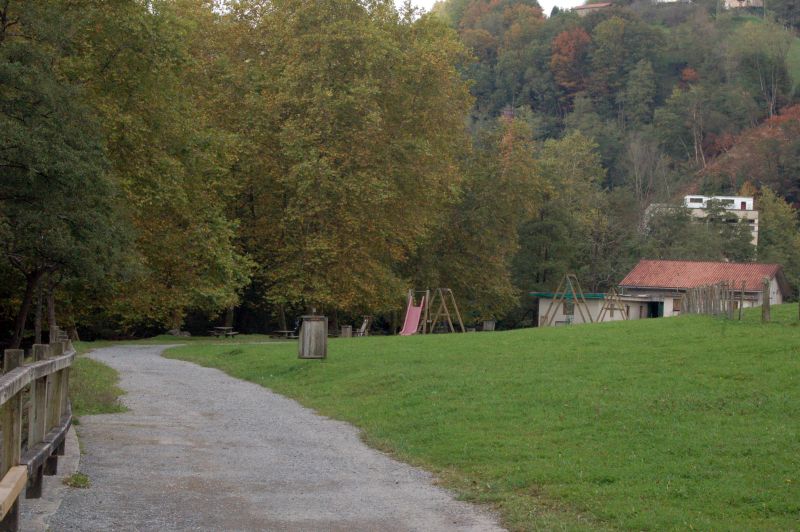
Puntos de Interés

Municipality
Barlovento

Barlovento is a municipality in the northeast of the island of La Palma, in the province of Santa Cruz de Tenerife. Like other towns on the island, its municipal district is delimited by the geography of the island. A close relationship that has ended up giving it its name, as in this area on the eastern side of the island the trade winds batter Barlovento.
In Benahorite times this municipality was the canton of Tagaragre. But with the arrival of the Castilians, the settlers divided up the land for cultivation, giving rise to small groups of houses and sugar plantations, as well as the Port of Talavera. For this reason, the main nucleus emerged in the course of the 16th and 17th centuries on the site of an ancient crossroads. The church and the 16th century Flemish carving OF La Virgen del Rosario date from this period.
Since its origin, Barlovento's main activity has been agriculture, although this has varied over time. Sugar cane was originally one of the main products of the area, along with cereals and potatoes. Later, over the settlement’s first few centuries, they began to plant flax for the manufacture of textiles. Until, in the early 20th century, many palm growers returned from the Americas, bringing with them new cultivation, irrigation and construction techniques, which have made it possible to grow bananas, potatoes, avocados and tropical or citrus fruits, among others, in Barlovento today.
Barlovento’s wild and rugged coastal landscape includes the La Fajana natural pools, the magical viewpoint of Sanmao and the Punta Partida lighthouse. Inland is the Laguna de Barlovento Recreational Area, located next to the largest reservoir in the Canary Islands, and built in the crater of a volcano. Las Mimbreras is another impressive forest, with magnificent specimens of palm tree flora and fauna, a recreational area and several viewpoints, the highlight being Los Andenes, on the crest of the Caldera de Taburiente.
The gastronomy of Barlovento, like the rest of the municipalities in the northwest of La Palma, is strongly influenced by local products. They include grilled goat's cheese with green mojo sauce, which has become the iconic local dish. This is closely followed by the traditional papas arrugás (skin-on potatoes with spicy sauces), goat meat in sauce and local fish like vieja (parrot fish) and sancocho, a fish dish served with potato, sweet potato and mojo sauces. And then there are the local stews using a base of gofio or corn like potaje de trigo (wheat stew) or ropa vieja (shredded meat). Meals are often bookended with a Príncipe Alberto, something of a Canarian version of tiramisú; quesillo, a local flan; bienmesabe, a sweet almond-based mousse or carnaval honey soups.
The patron festivals of Barlovento are held in the first fortnight of August, despite the fact that the feast of the patron, la Virgen del Rosario, takes place on 7 October. For two weeks, sporting events and races take place, as well as the typical pilgrimage. There's also dancing, from traditional parrandas to magicians’ dances, tastings of local products, religious events, nighttime revelry, children's and musical performances, and more. Of particular note is the re-enactment of the Battle of Lepanto, which is only held in years ending in 0, 3, 5 and 8.


